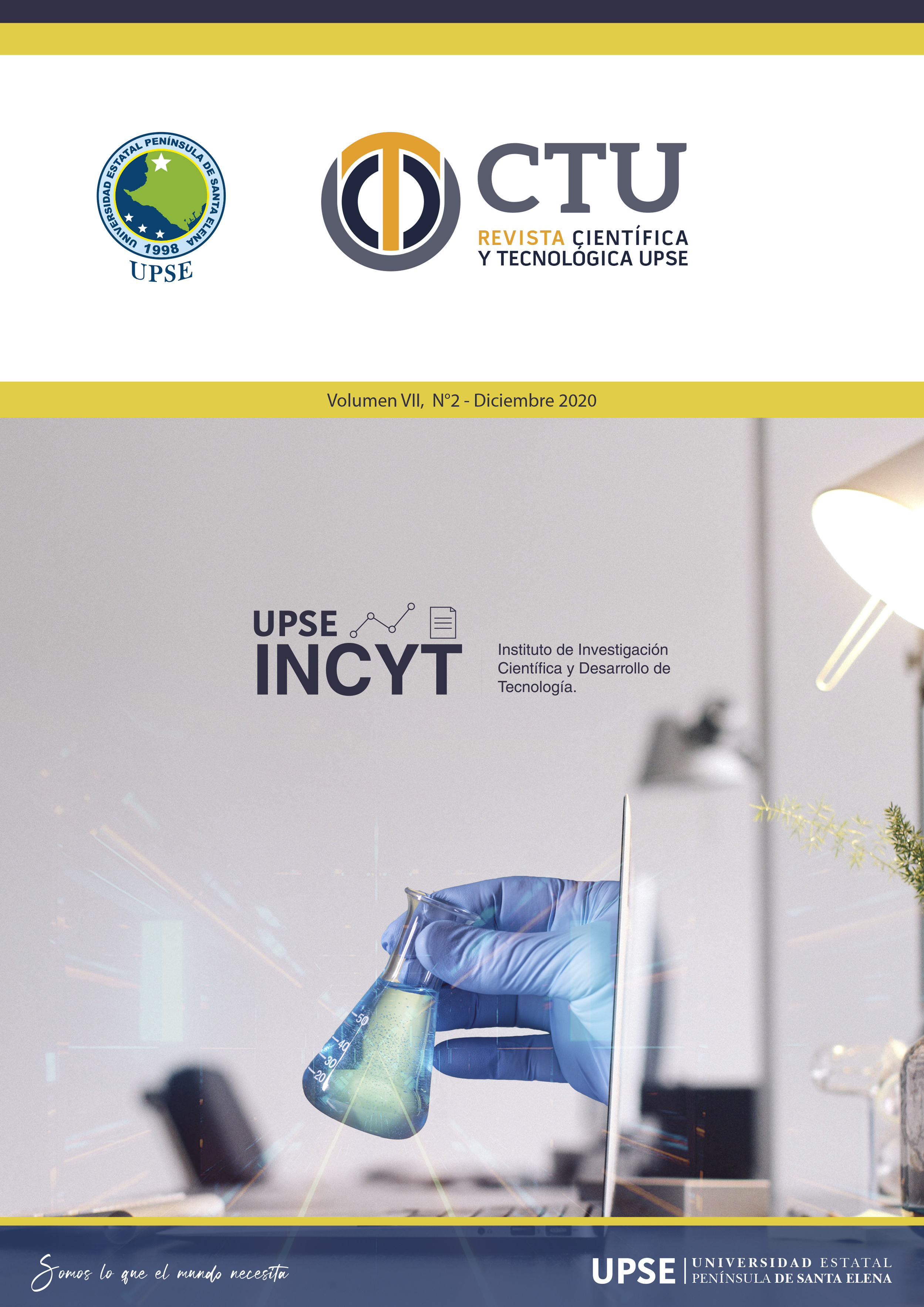Ecuador: Comparative Analysis of Organic and Conventional Banana Exports and Impact on the Trade Balance, 2018
DOI:
https://doi.org/10.26423/rctu.v7i2.521Keywords:
Exports, Banana, Trade Balance, Surplus, EcuadorAbstract
Ecuador being one of the largest banana producers worldwide, it has managed to place the fruit in different international markets, the income generated covers a significant percentage of the Gross Domestic Product, creating sources of employment and economic significance for the primary sector. Given this, the research aims to carry out a comparative analysis of exports of organic and conventional bananas, and their impact on the trade balance of Ecuador, 2018. The method used is based on the application of econometric modeling, with data obtained from the Central bank of Ecuador. With these proportional values, it was possible to observe the behavior of a moderate commercial dynamics, the results show comparatively that the two semesters of 2018 have different movements of growth and decrease, the application of the Regression together with the coefficient of determination shows that exports affect in the Trade Balance incorporating more factors. The main conclusions deduce that the commercialization of banana fruit will continue to be one of the main income items, the Trade Balance continues to be in deficit due to the greater number of imports of other products that exceed the entry of foreign currency, however, exports with time generates balances that allow taking advantage of comparative and competitive advantages
Downloads
Downloads
Published
Issue
Section
License
El titular de los derechos de autor de la obra, otorga derechos de uso a los lectores mediante la licencia Creative Commons Atribución-NoComercial-CompartirIgual 4.0 Internacional. Esto permite el acceso gratuito inmediato a la obra y permite a cualquier usuario leer, descargar, copiar, distribuir, imprimir, buscar o vincular a los textos completos de los artículos, rastrearlos para su indexación, pasarlos como datos al software o usarlos para cualquier otro propósito legal.
Cuando la obra es aprobada y aceptada para su publicación, los autores conservan los derechos de autor sin restricciones, cediendo únicamente los derechos de reproducción, distribución para su explotación en formato de papel, así como en cualquier otro soporte magnético, óptico y digital.












